The absolute highlight of being on Maui is visiting Haleakala National Park. This unique park is so completely different from Hawaii Volcanoes National Park or Mount Rainier National Park. We’ve explored Haleakala deeply and researched it ferociously, so we’re happy to share our tips for exploring these amazing crater and forest ecosystems, as adventurous adults or with kids.
We’ve got the answers for anything you might wonder or need to know for visiting Haleakala National Park, from hiking in the crater to watching for endangered birds, exploring the summit or checking out the waterfalls on the south side. Haleakala is really beautiful and special; getting to visit is such a privilege and it’s one of the best things to do on Maui. If you have any questions about exploring Haleakala National Park or visiting Maui in general, please leave a comment or send us a note. We’re always happy to help plan amazing travels!
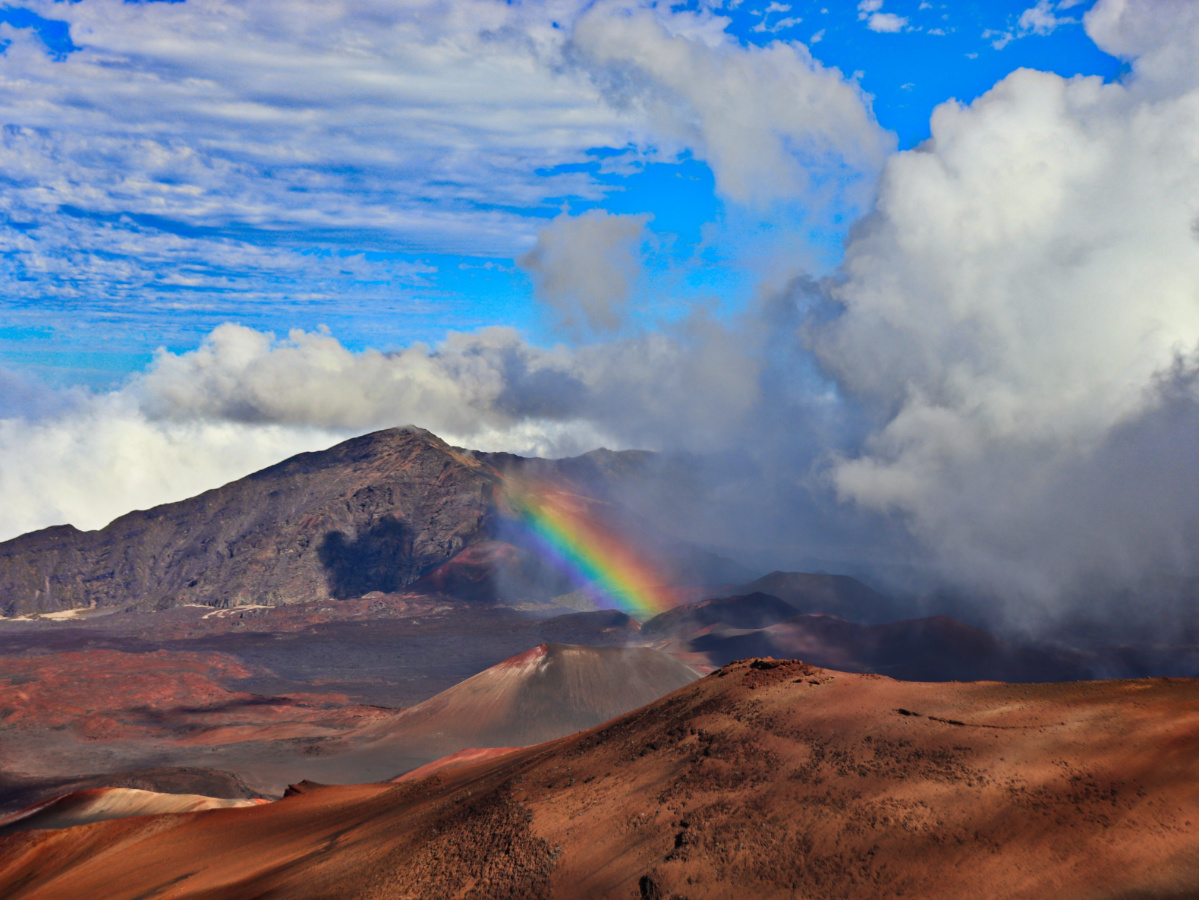
Planning Your Haleakala National Park Visit
It’s been funny talking to people about their trips to Maui and how few people actually visit Haleakala National Park. I think visiting the volcano and its waterfalls are some of the best things to do on Maui and are way more fun than chilling at a resort. So, here’s how you can plan a visit to Haleakala National Park:
- Set aside one full day for visiting the summit and making stops along the way. This will be enough time for hiking and just enjoying the park.
- If you want to see the waterfalls on the south side of Haleakala, you’ll need another day for that. This can be paired with driving the Road to Hana.
- You cannot stay inside the park boundary unless you’re camping. There is no lodge like at Hawaii Volcanoes National Park or Yellowstone or the Grand Canyon.
There are not many services within Haleakala NP, so when you’re planning your visit, be sure you’ve got your snacks, meals and drinks for your day. The road into the park is full of jackknife turns, so you don’t want to be driving up and down the mountain multiple times (and it’s a 10,000 foot elevation gain). We are all about picnicking so this is how we roll in general.
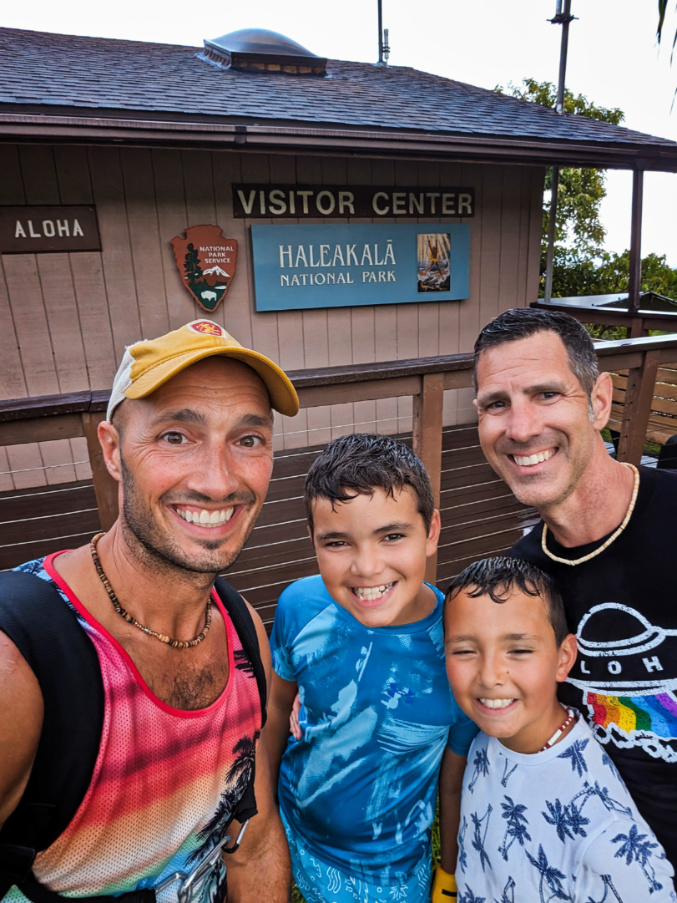
Where is Haleakala National Park?
Visiting Haleakala National Park is a part of a trip to Maui. The park / volcano takes up most of the southeastern part of Maui. The towns closest to the park entrance for the summit are Kula, Paia, and Kahului. There are a few other small towns, but they’re not places most Maui visitors stay (limited services). Getting to the main National Park entrance, you’ll go from sea level up to 7000 feet, and the road is quite windy; it’s not for those who suffer from motion sickness.
If you’re visiting the south side of Haleakala National Park, you access it via the Road to Hana from the east and the Piilani Highway from the west. Both of these approaches are very windy and narrow, with the road often being only one lane and pretty stressful to drive. The scenery is beautiful though and you’re nearly guaranteed rainbows.
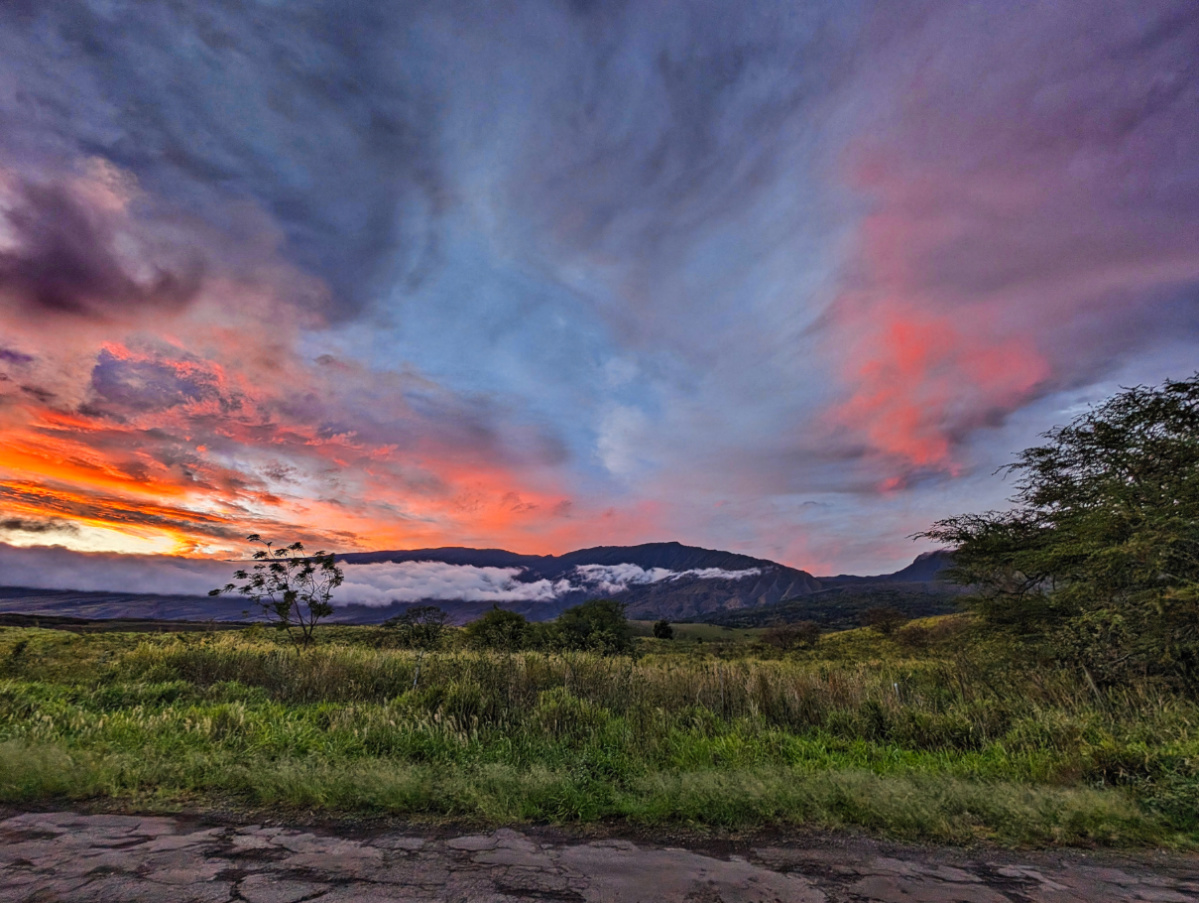
Visiting the Kipahulu Unit
While we’re on the subject of the south side of Haleakala National Park, let’s dig into it a bit. This is called the Kipahulu Unit (or district) and it’s very different from the summit area. Here it’s all lush valleys with waterfalls and jungle. The primary hiking is all about waterfalls of every size, and there are a variety of trails depending on how much time you have.
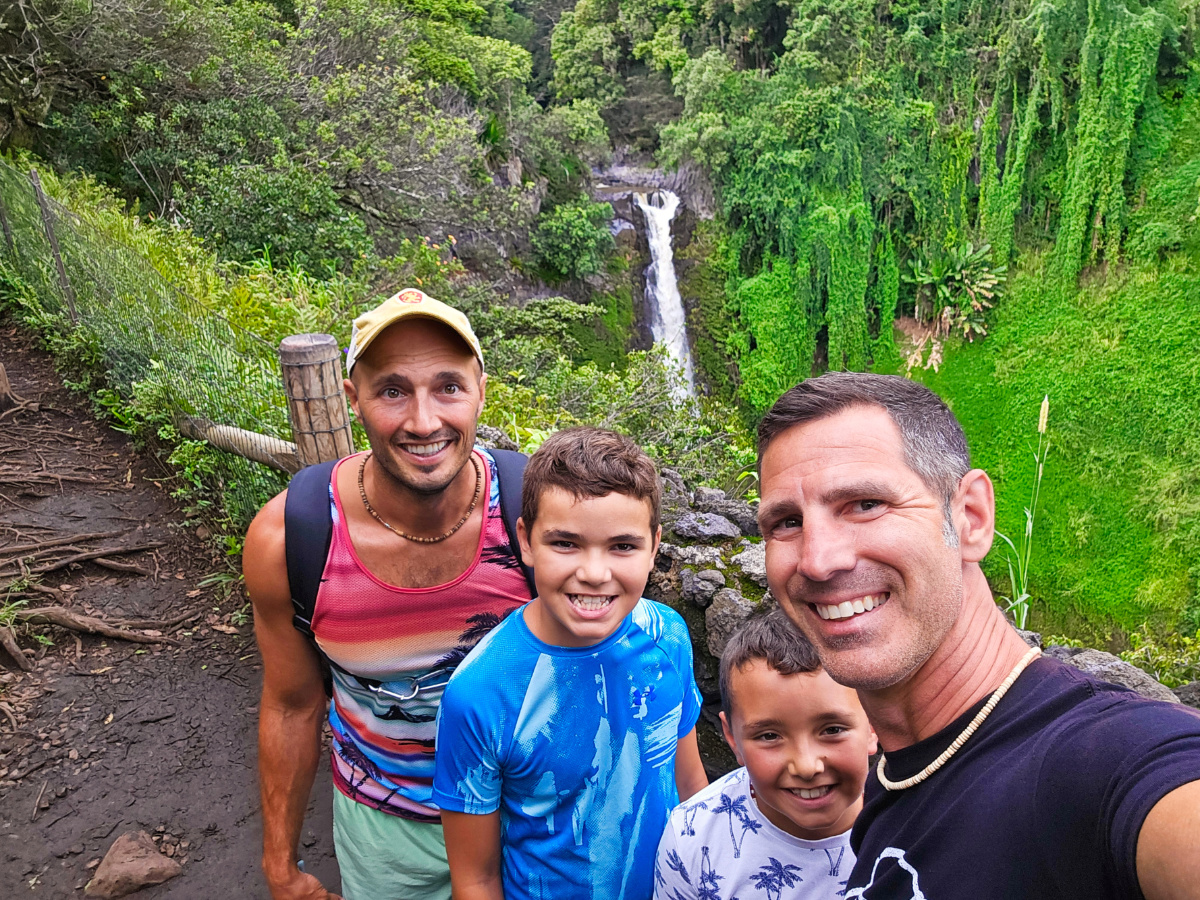
The main attraction of the Kipahulu Unit is the world famous Seven Sacred Pools. Visiting the Seven Sacred Pools is great for any hiking level, including strollers (with some careful wrangling). It is NOT fully wheelchair accessible though, despite being stroller accessible. Parts of the trail are wheelchair accessible, but not the full loop. The big hike at the Kipahulu Unit is the Pipiwai trail to Waimoku Falls (more on this below). This trail is a bit rough, but awesome.
There is also a visitor center here at Haleakala’s Kipahulu Unit. It’s small, but there are rangers on duty, several exhibits about the Hawaiian cultural history of the area, and you can get your National Park Passport stamp.
Note: there is NOT a National Park entrance sign at the Kipahulu Unit. There is a sign on the visitor center, but not one of the large roadside signs. Also, if you’re visiting this part of Haleakala National Park in the rain, be ready to be muddy and see muddy waterfalls.
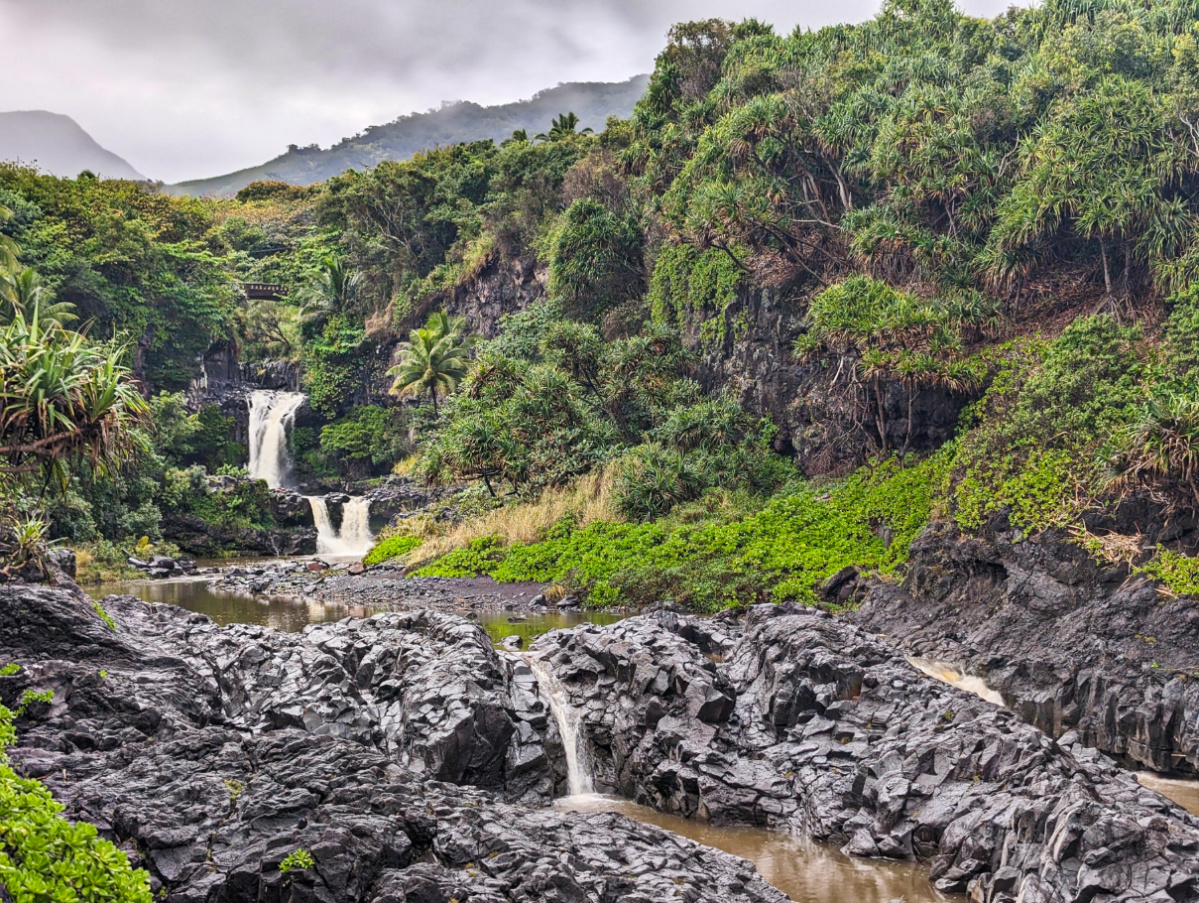
Haleakala Summit – the Main National Park Area
Most people visiting Maui and planning time in Haleakala National Park are planning to visit the Summit District, and yes, it’s really remarkable. There are so many stops to make from the park entrance all the way to the summit at 10,023 feet. From the entrance to the top you’ll climb 3000 feet, and once you’re at the top you can feel the elevation as you hike. It’s amazing though!
Just inside the Summit District entrance you’ll come to the first of the Haleakala National Park visitor centers. This is a great spot to get some recommendations for hiking and to see if there are any closures in the park. The visitor center also has great exhibits about what’s in store for your visit. I really liked getting bird watching recommendations here. Even though I can find birds anywhere, talking to rangers and getting their tips was very helpful!
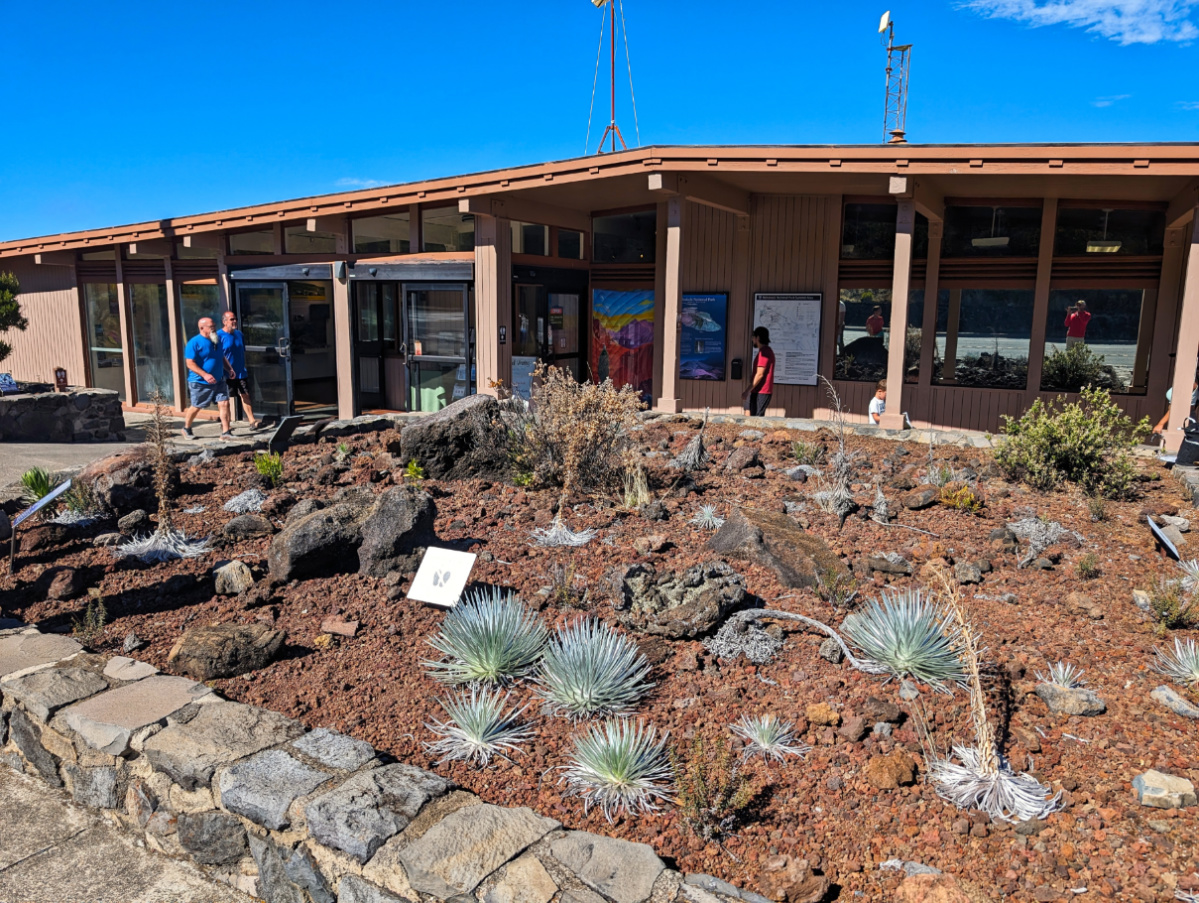
Continuing up to the summit of Haleakala, there are lots of pullouts to take in the views. Keep in mind, you’re really climbing up through the clouds, so your views over Kihei and Wailea may be fully obstructed by clouds, but looking across them is still out of this world. If the clouds break, then you’ll have an incredible view of the towns of Maui and the islands of Lanai, Molokai and Kaho’olawe.
At the Summit of Haleakala, you’ll find restrooms, another visitor center (only open until noon) and quite a few trails. There are also space observatory buildings that you can see, but you cannot visit them. And no, you can’t visit the observatories at Mauna Kea on the Big Island either, so you’ll just have to bring your own awesome telescope.
The Kalahaku Overlook is just north of the main summit area and offers a very different view into the crater. This is a really cool place to change your perspective and there are great picnic spots here with fewer people around.
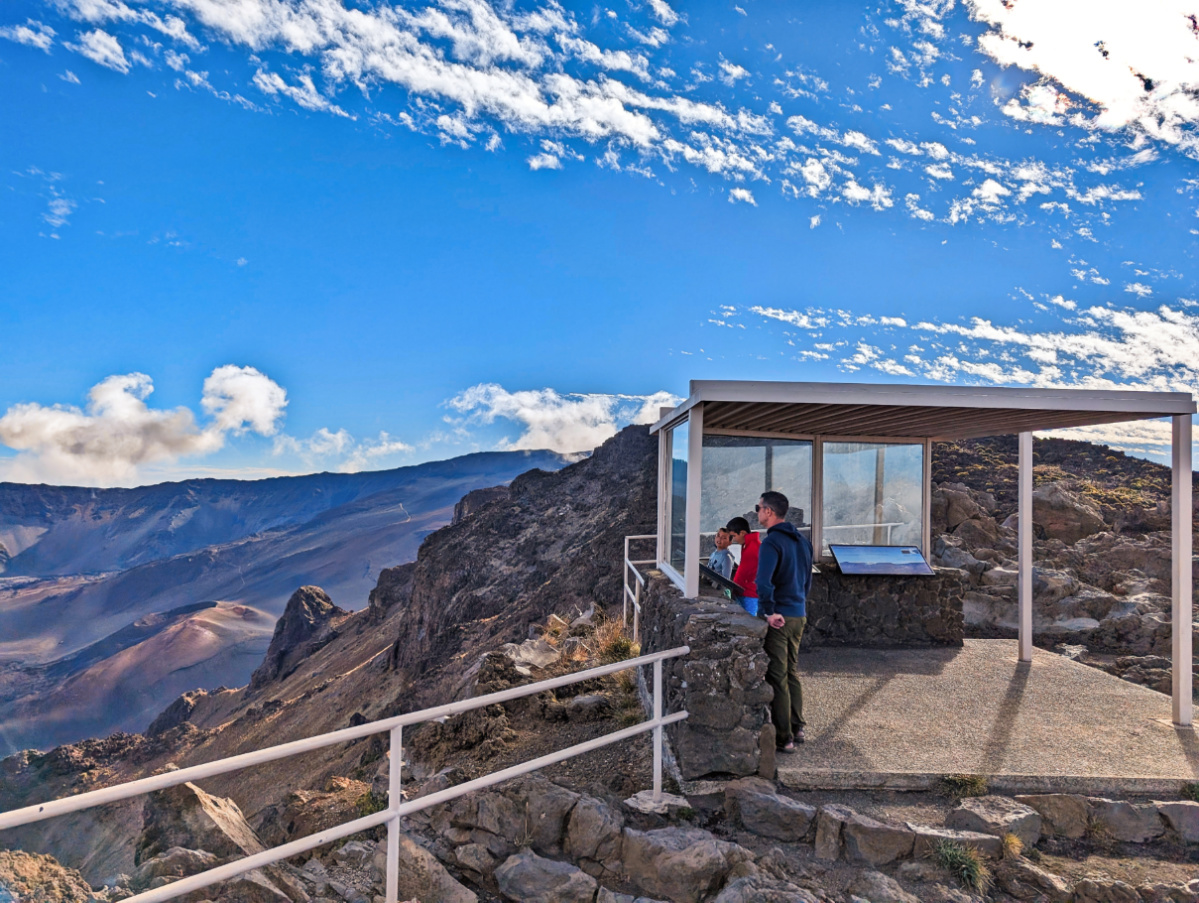
Most Popular Maui Activity: Sunrise on Haleakala
The most popular activity on all of Maui, and if you tell somebody you’re heading to the island they’ll tell you that you HAVE TO DO IT… is sunrise from the summit of Haleakala. Yes, sunrise when you’re in the middle of the ocean is amazing as you watch the sun crest the curve of the earth, but that’s not the sunrise you get from the mountain. When there is a cloud layer and you get to see the rays blast through cracks in the clouds though, and it’s awesome. But is it the BEST thing to do on Maui? Ehhh…
If you are an early riser and want to join hundreds of your closest friends, you can plan to do sunrise on Haleakala. Be sure that you’ve reserved your entrance into the National Park though, as entry is restricted from 3:00 am until 7:00 am. You can get an entry reservation for sunrise through recreation.gov.
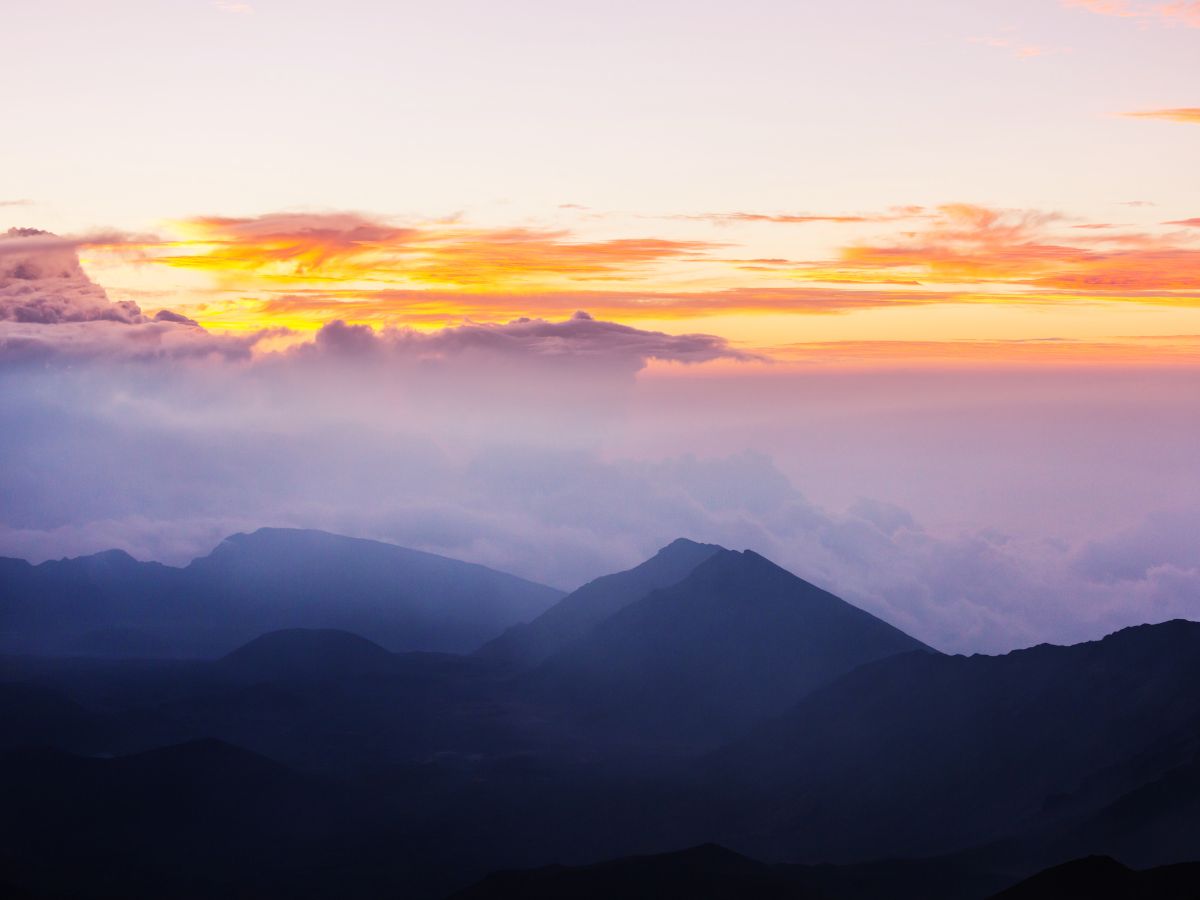
Wildlife in Haleakala National Park
With each visit to Hawaii I am always surprised how little wildlife there is, but then again we live in Florida where there are alligators, panthers and manatees everywhere. At Haleakala National Park, the main wildlife to watch for are bird species. While there are mongoose, chickens, cats and lizards, there aren’t large mammals or exotic critters to spot. Haleakala is all about the landscapes and science of the earth, so enjoy that, but we do have some tips for wildlife.
Bird Watching at Haleakala
I love birdwatching in Hawaii, and Haleakala National Park has some beautiful species to see. While you may not be big into birding, it’s still worth spending time looking for some of the more rare birds of Maui. You’ll find the smaller, more colorful birds in the lower elevations of the park, like in the Kipahulu Unit or around the Hosmer Grove (beautiful forest area), and then the larger species like the nene and chukar as you approach and at the summit. Keep your eyes peeled for pheasants too, because they may just pop out onto the road as you’re driving up the mountain.
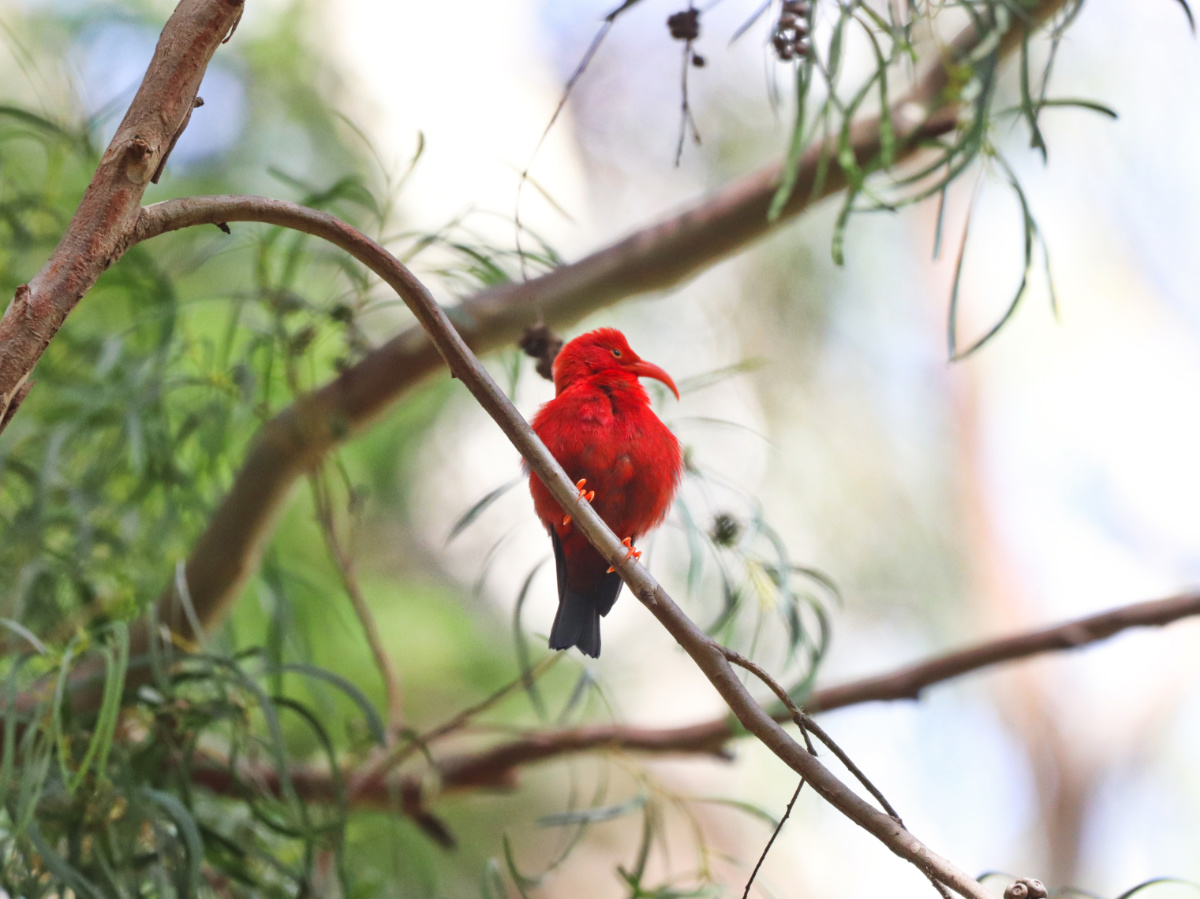
Here are our tips for where the best bird watching opportunities are, depending on the birds you’re hoping for at Haleakala National Park:
- I’iwi – the bright red bird with a VERY curled beak. It’s beautiful and fast with the coolest birdsong. The best place to see the i’iwi in Haleakala National Park is in the Hosmer Grove on the nature trail loop. You can also watch for them on the Pipiwai Trail in the Kipahulu area.
- Apapane – this small bird is also bright red and can be found in the same areas of Haleakala National Park as the i’iwi. If you’re seeing lots of red birds flying around, you can tell the apapane from the i’iwi because its beak is black and not as curved.
- Amakihi – one of the brightest yellow birds we’ve seen, the amakihi is kind of loud. They’re pretty common to see if you stop for hikes on the way to the summit, or if you’re heading to the Kipahulu Unit and stop along the road to take in the view towards Haleakala’s southern slope.
- Nene – Hawaii’s state bird, the nene goose is pretty common in the lower elevations of Haleakala and around Maui. While we’ve seen a lot more nene on the Big Island and in Hawaii Volcanoes National Park, there are plenty in the Summit District of Haleakala.
- Chukar – I love this funny, fat bird. You’ll see chukar birds all over the summit area of Haleakala, including just wandering through the parking areas. They look like a pigeon mixed with a chicken and are really cute, but they’re not native to Maui despite really seeming at home.
There are lots more birds to watch for, but they’re less common. The pheasants are really random to see on the slopes (more pheasants on Mauna Loa on the Big Island), and the pueo (Hawaiian short-eared owl) are even more rare, but keep your eyes peeled!
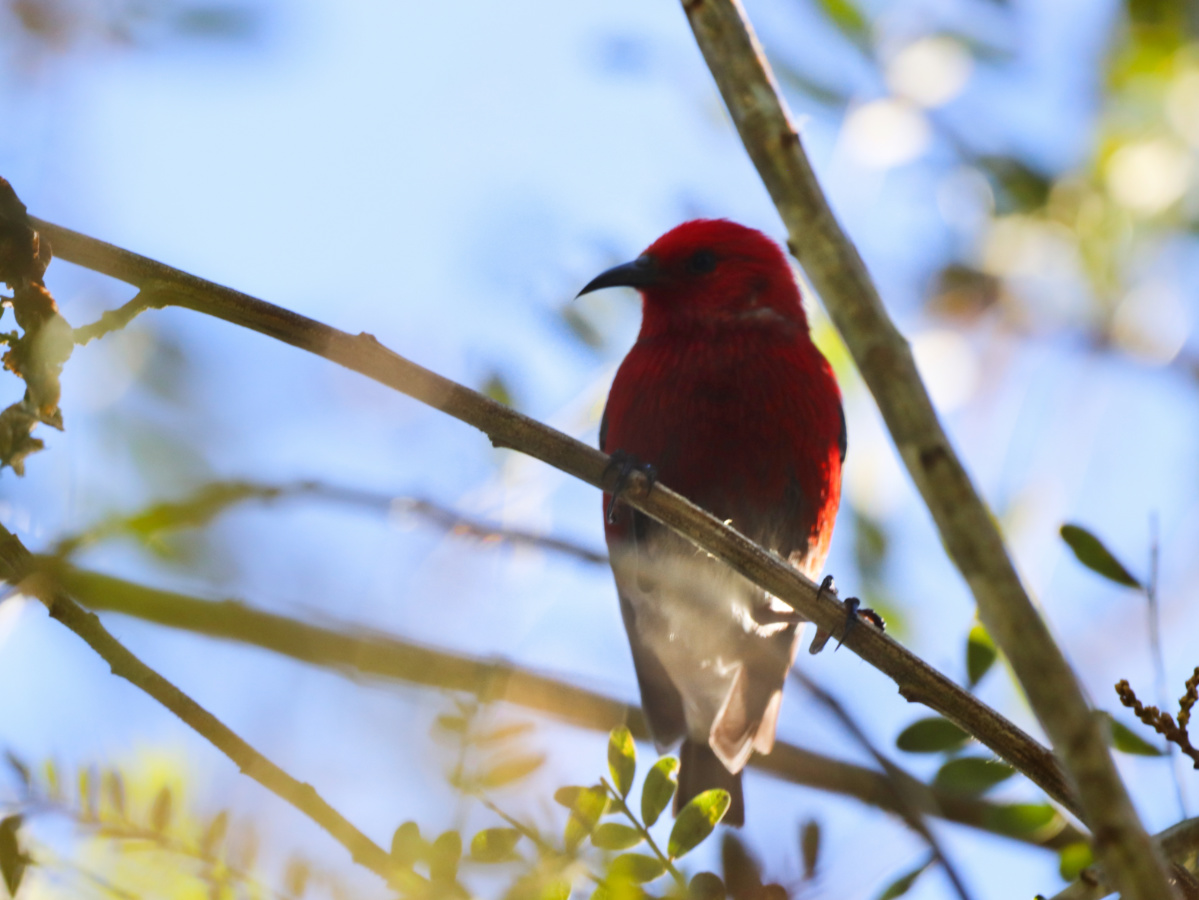
Hawaiian Wild Pigs: Stay Safe
We haven’t come across the wild pigs in Haleakala National Park, but we’ve seen them outside the park and all through the Hawaiian Islands. Even if you’re used to being around pigs, these small, dark hogs are feral and not to be messed with. If you come across a wild pig on your trail, allow it to leave and if it’s approaching you, take the high ground on a rock or stump. Pigs can’t jump, so getting the high ground is the best way to stay safe around them.
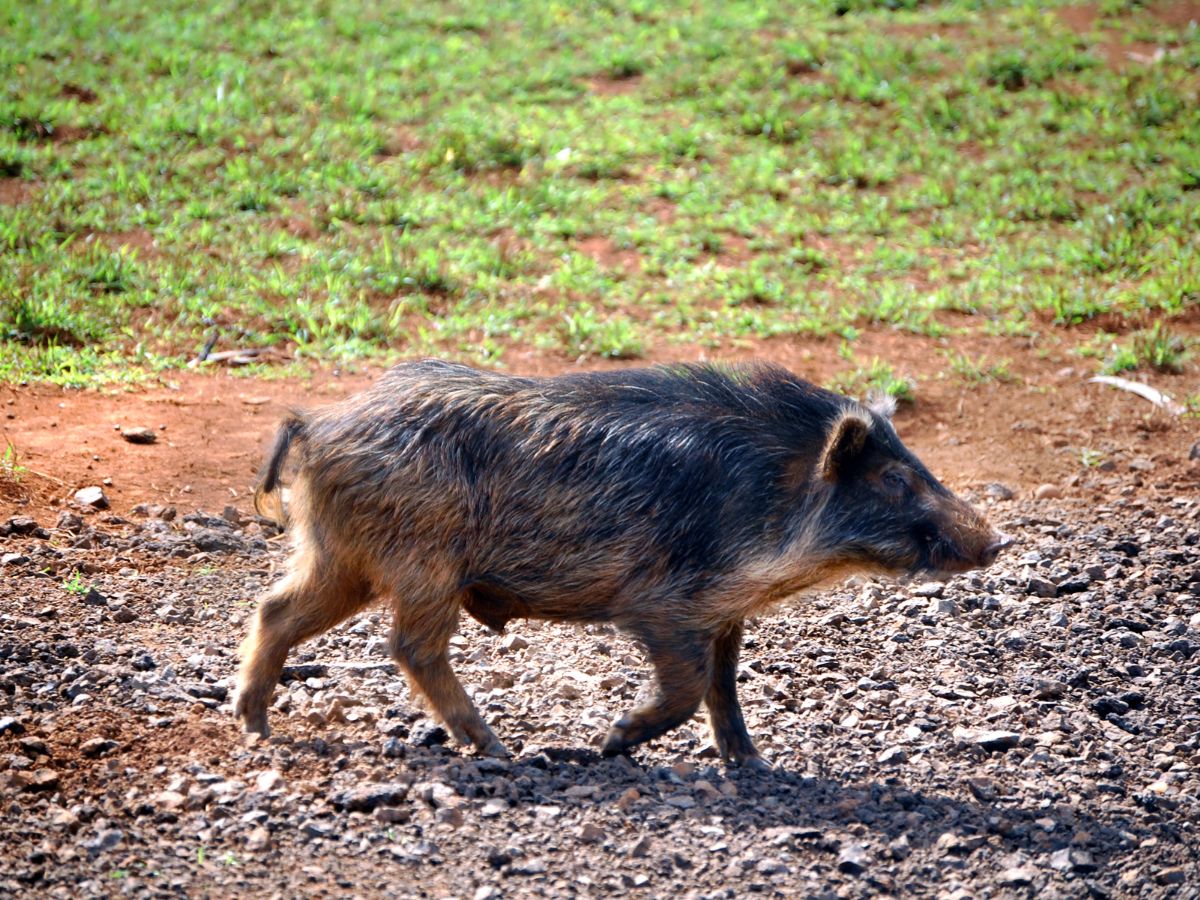
Best Hikes with Kids in Haleakala National Park
I know that some people look at a mountain and simply must climb it or find the most intense trail possible, but if you’re visiting Haleakala National Park with kids (or if that’s not your style) you want hikes that are attainable and really show off the best of the volcano. We’ve picked our favorite hikes to do at Haleakala with kids, and these are also great for adults that want the full experiences without intensive backpacking beyond the crater.
Haleakala Summit Hikes
We were not prepared for how incredible the view into the Haleakala crater is. We knew we would be cold (10K foot elevation), that hiking would feel thin from the altitude (like when we got altitude sickness in Breckenridge, CO), and that we’d have an amazing time. The otherworldliness of it all wasn’t something we were ready for though. Wow! So here’s how you can see the best of the summit without deep backcountry hiking.
- HNP Visitor Center – stop into the main visitor center to confirm all trails are open and ask for a personal recommendation from a ranger, as it may vary from our top picks. Note: the visitor center at the summit itself is only open until noon, so talk to the rangers at the bottom before driving up the last 3K feet.
- Red Hill Trail – this is an easy trail that goes along the western side of the highest summit area. This is more of a nature walk where you’ll see the silversword plants and be able to look across the ocean (or the clouds). You can see the observatories, and then walk to the highest point at the House of the Rising Sun building (not accessible inside)
- Sliding Sands Trail – this is the ultimate Haleakela National Park hike, and it’s very doable with kids. While you can do a large portion of the Sliding Sands trail pretty far into the crater, you can also just do a small portion and be amazed by it. The views change as you descend and the weather falls over the crater rim towards you in ways you wouldn’t believe. Allow yourself at least two hours (or more to go further), bring lots of water and snacks, and dress warmly.
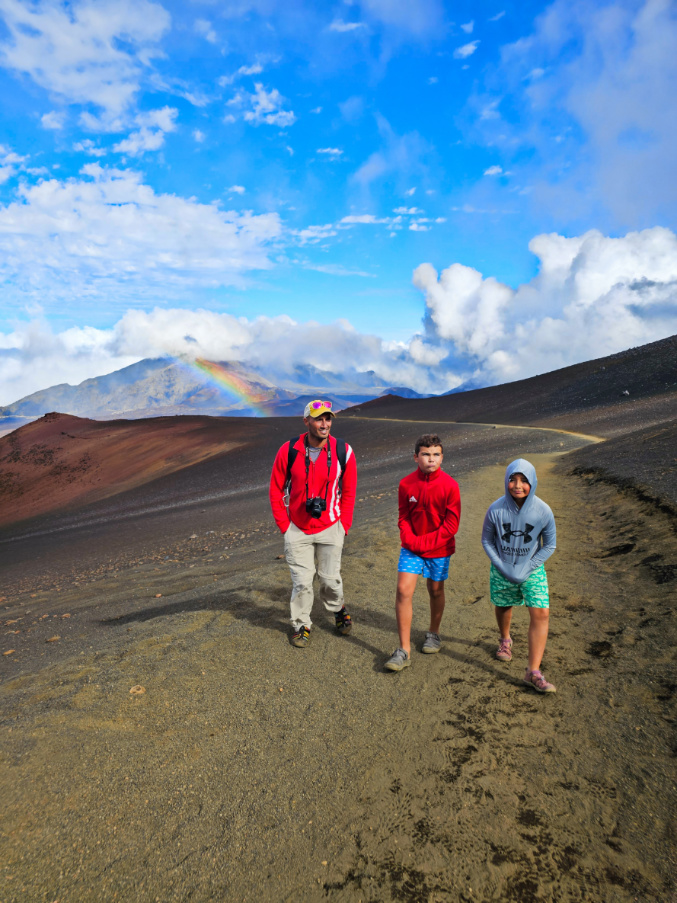
Lower Elevation Hikes
The northern section of the Summit District is very different from the actual summit of Haleakala. Here you’ll find sloping hills and hiking trails to viewpoints overlooking Kihei or into lesser craters. You’ll also find forested areas, which are all very much worth exploring! Our top picks for family friendly hiking in the lower part of the Summit District are:
- Halemau’u Trail to Rainbow Bridge (2 hrs) – I really enjoy this trail and it’s very different from the other areas of the park. The Halemau’u trail is great for birding as well as getting to see a very unique, lush crater. If you’re visiting Haleakala with kids, this hike is really easy and fun, showing an unexpected version of the park.
- Hosmer Grove Trails – just after you cross the park boundaries you’ll see a sign for Hosmer Grove. Head to the picnic area and do the trails branching from the parking area. Nature trails, easy hikes up the hillside and remarkable birdwatching are all available right here. The Hosmer Grove tends to be below the cloud level so it’s a nice, warm hiking spot too.
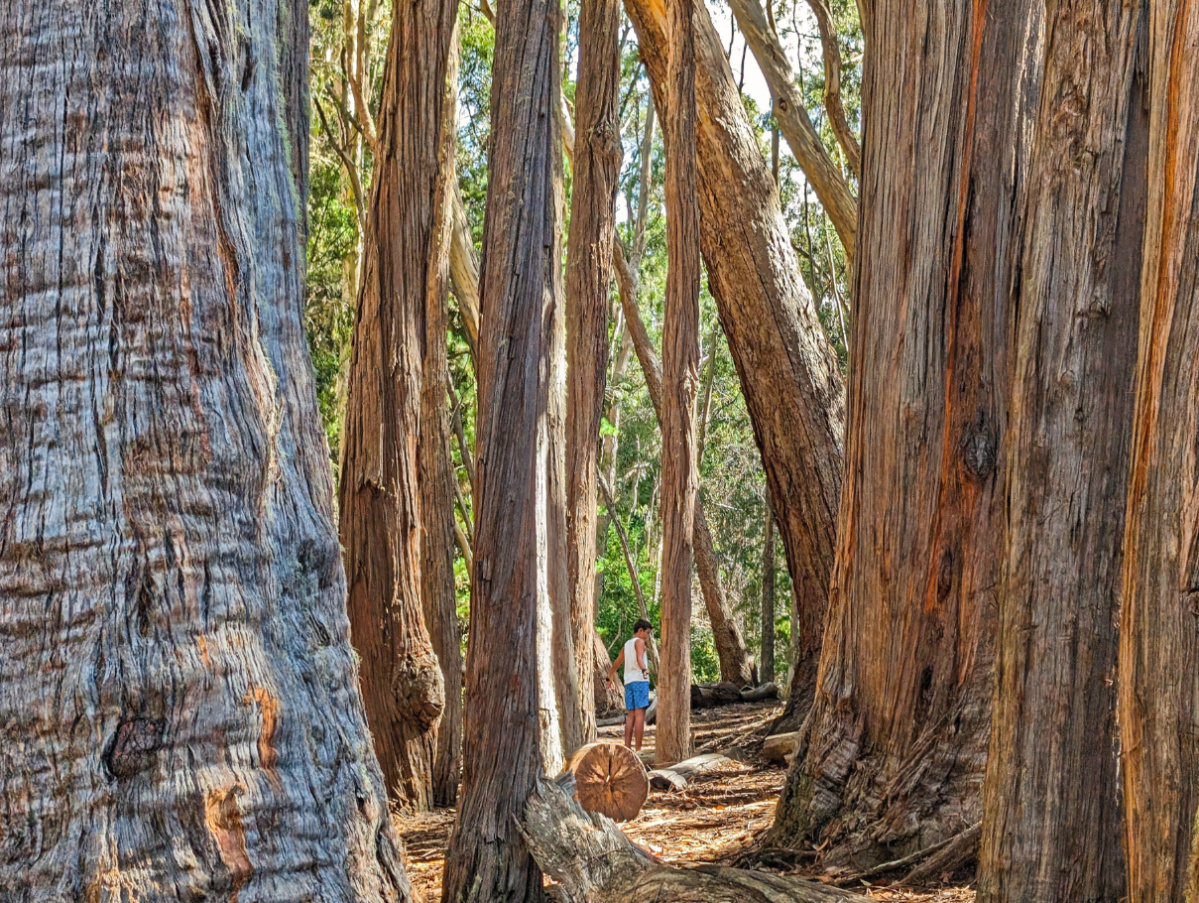
Kipahulu Unit Hikes
For anyone who starts in the Summit District and then makes their way to the Kipahulu Unit and Road to Hana, they’re going to be stunned at how different it is down here. I love the south side of the park because is it so lush and full of waterfalls. From the Kipahulu visitor center, you can do our chosen hikes or head out on a much longer backcountry hike, but for family friendly hiking, here’s what we like.
- Pipiwai Trail to Waimoku Falls – this trail isn’t too difficult at just 4 miles roundtrip, but it has a bit of climbing to start, so that can be a little discouraging for younger hikers. It’s okay though, because you get to hike through really cool forests with banyan trees and fairy tunnels, and past beautiful waterfalls.
- Seven Sacred Pools trail – this is an easy half mile trail that leads from the Kipahulu visitor center to the cascading waterfalls pouring into the Pacific Ocean. On a sunny day it’s beautiful and just what you’d dream Maui and Haleakala National Park would be like. Our first visit was a rainy, muddy day and the waterfalls looked like Willie Wonka’s churning chocolate falls in his candy factory. Still cool though!
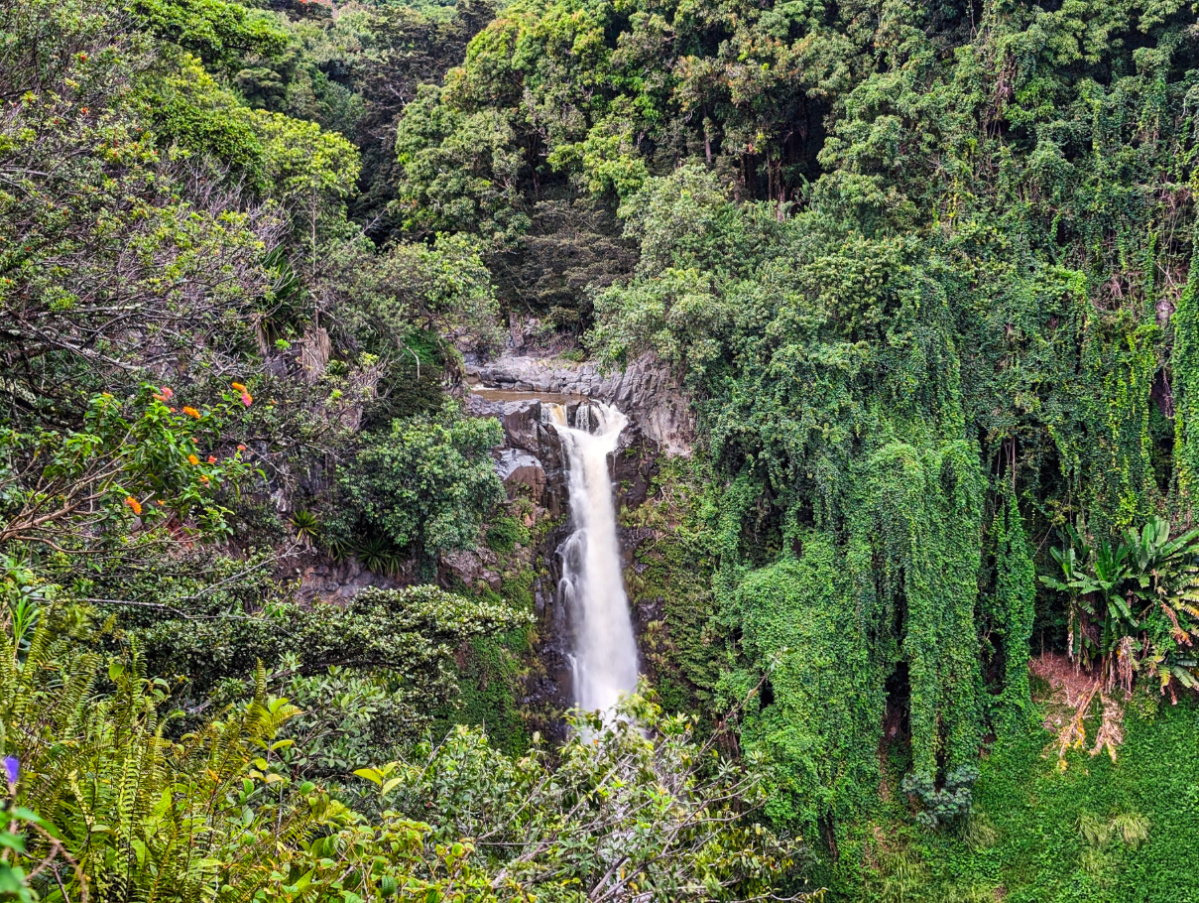
FAQ for Visiting Haleakala National Park
Before visiting, I myself had tons of questions about Haleakala National Park, but now after several days of visiting and hiking, and loads of research we’ve got the answers! If there’s anything we missed below, please leave a comment or send us a note so we can help!
What is the best time to visit Haleakala National Park? Because it’s Hawaii, any time of year is great, but the most dry season is the summer, so if you’re looking for non-muddy hiking and more clear sunrises, summer is the time. A little moisture in the air makes the whole crater/volcano experience very unique though.
How high is the Haleakala volcano? The summit of Haleakala is 10,023 feet tall, with the entrance at 7000 feet. You can really feel the elevation if you’re hiking at the summit and aren’t used to being high above sea level.
What is the meaning of Haleakala? The name “Haleakala” means house of the sun. It’s very fitting as it’s such a high point and the sun’s position through the day really have an impact on the experience on the mountain. The National Park Service brochure you get upon arrival is all about the Hawaiian culture and history of the mountain, so don’t miss reading through it!
Are there sunrise reservations for Haleakala? Yes! Sunrise is the only time you need a reservation for entering the National Park. If you plan on heading up to the summit between the hours of 3am and 7am you will need to secure an entry reservation through Recreation.gov.
What are the best hiking trails in Haleakala National Park? (see above) The Sliding Sands trail at the Summit is the BEST trail in Haleakala NP. It is THE trail for the most otherworldly views, seeing the silverswords and doing some unique birdwatching. This is also an amazing place to see the weather move in and out.
Can you bike down Haleakala? Yes! You can do a guided tour or a self-guided tour down the mountain. With either option, the bike and helmet are provided, so you don’t have to worry about either traveling with a bike or renting one in Kihei or Wailea. FIND MORE HALEAKALA BIKE TOURS HERE!
What is the weather like at the Haleakala summit? As you go from sea level in Kihei or Paia you’ll climb 10K feet to the summit, so you’ll have to drive up through the clouds at some point. As you gain elevation the temperature drops a lot. On a windy day it can be in the 40s at the summit while in the 80s down in town. Be prepared for windy, wet conditions and hope for the best.
What wildlife can be found in Haleakala? The primary wildlife you’ll see at Haleakala National Park are birds (see above). The birdwatching here is great and you’ve got wonderful opportunities to spot unique, endemic specicies.
Are there any cultural or historical sites in Haleakala National Park? The whole of Haleakala National Park is very important to Hawaiian culture and history, but there are not many specific sites within the park that have ancient remains or artifacts. In the Kipahulu Unit there are some structures from the 19th century and exhibits about history in the park, but nothing like the petroglyphs you’ll find in Hawaii Volcanoes NP or at Pu’uhonua O Honaunau National Historical Park on the Big Island.
Is there camping in Haleakala National Park? Yes, you can camp at Haleakala! Camping within the national park boundaries is available at Kipahulu and Hosmer Grove, and it’s all first come first served. If you want to do backcountry camping, you’ll need to get permits and be fully ready for the adventure, including no water sources in the backcountry.
What are the entrance fees for Haleakala National Park? It’s $30 USD per vehicle to drive into the park. You can visit the Kipahulu Unit without paying, but you should still make a donation in the visitor center. Your interagency pass or America the Beautiful Pass also works for entrance at Haleakala.
Can I stargaze at Haleakala and are there any astronomy programs? Haleakala is one of the best places for stargazing in Hawaii! While there isn’t a nightly astronomy program that’s ranger led, the park doesn’t close so you’re welcome to be on the summit on your own with your own non-professional gear.
Are there any restrictions for photography or drones in the park? Like in every National Park, drones are illegal so don’t even think about it (I watched a drone get forcefully confiscated in Zion National Park once). As far as photography, amateur photography is fine, but once it turns commercial or becomes an intrusive photoshoot it will be addressed by park rangers. Photography permits for commercial purposes need to be arranged in advance.
What are the best activities to do in Haleakala besides sunrise viewing? I love birdwatching and hiking, so visiting the park and stopping absolutely anywhere along the summit road where there are trail heads is a great option. See our hiking choices above for our favorite Haleakala hikes.
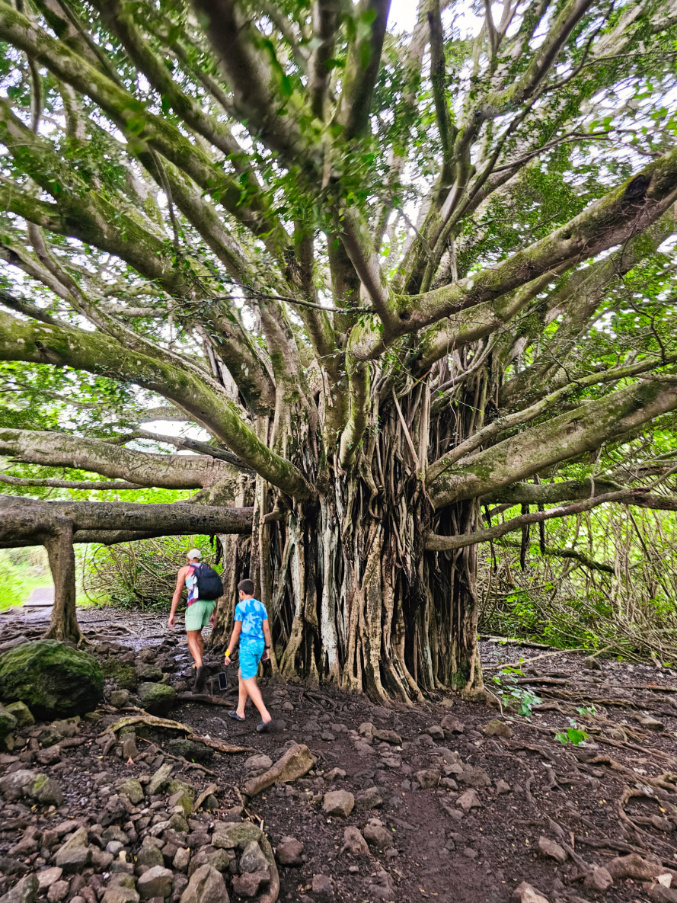
Weather at Haleakala
I always laugh a little bit when I talk about the weather in Hawaii, and then when you add in the variable of elevation on Haleakala it makes it even funnier. On Maui, you should always plan for a little rain, but in general it is beautiful almost every day. Up on the mountain you’ll find that the weather changes very quickly with the clouds rolling through. We’ve enjoyed hiking in the perfect sunshine and then gotten back to the car completely drenched from rain. Be prepared for anything and take the weather with a grain of salt.
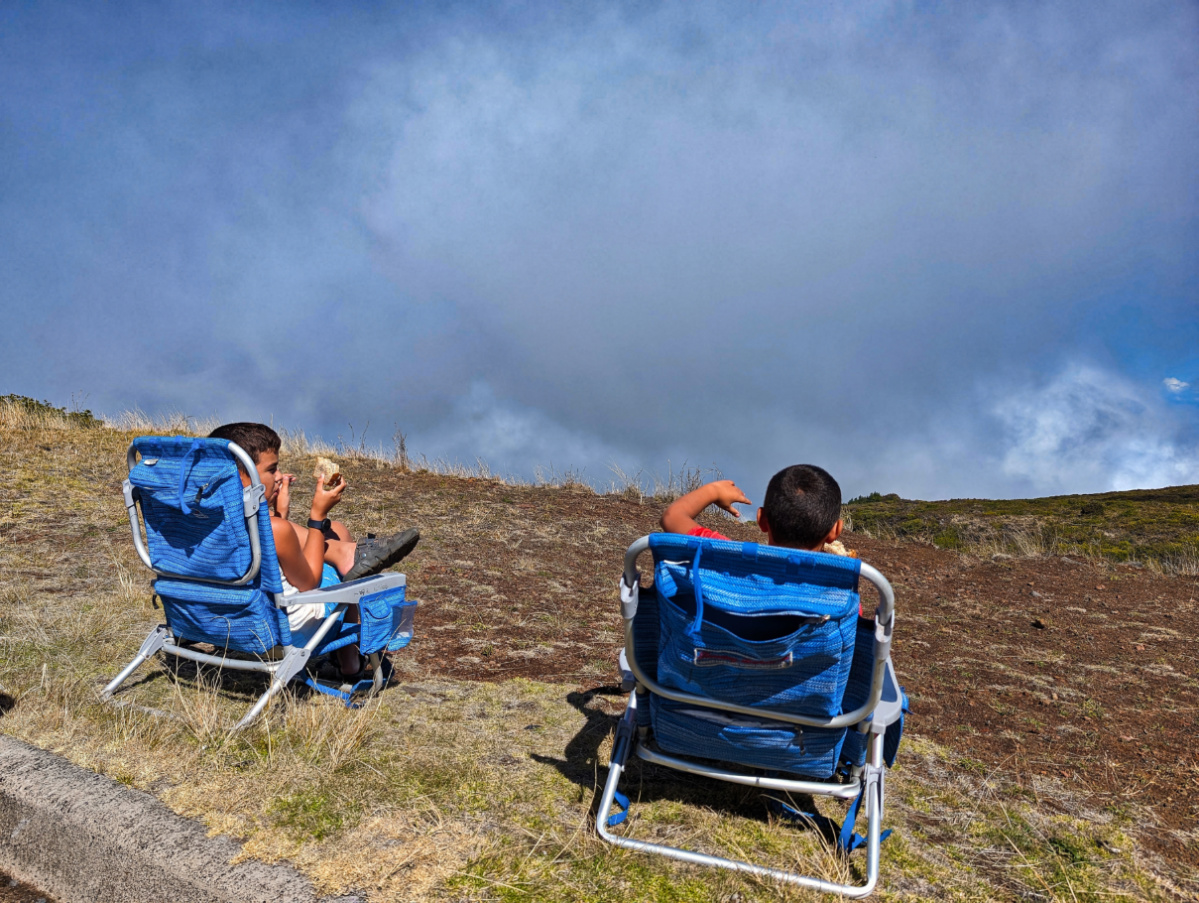
Tours of Haleakala National Park
There are lots of tours available if you don’t want to explore Haleakala National Park on your own or are limited with your time. From guided bike tours to hotel pick-ups to take you up the mountain, there are tour picks for everything. We haven’t done the helicopter over Haleakala yet, but that’s one tour we’ll do on our next visit (we did doors-off on Kauai and it was amazing!).
Find a Haleakala National Park tour here!
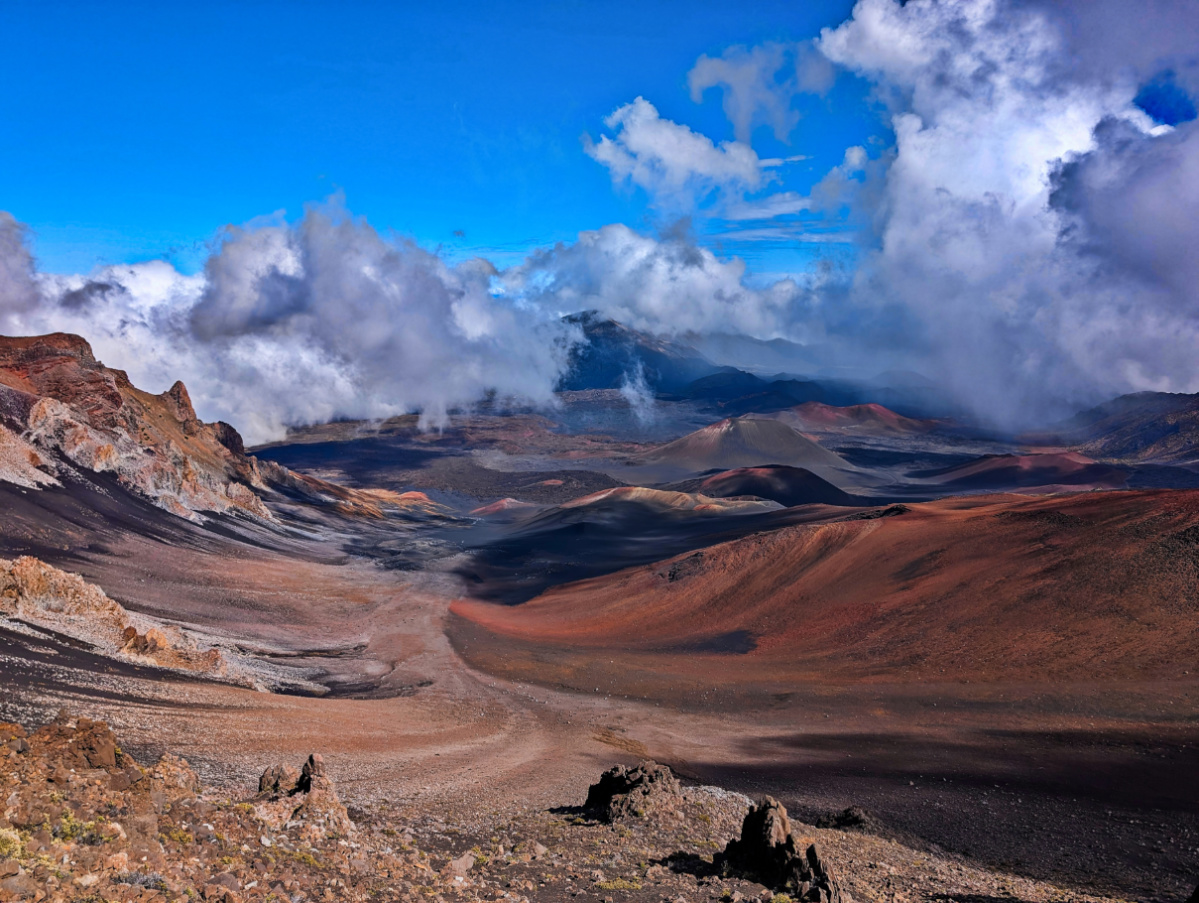
I think that fully covers everything you need to know for an incredible, unforgettable visit to Haleakala National Park. It really is the gem of Maui and our favorite thing about the island. If you have any questions or want to share your own tips for exploring the park (or backcountry hiking at Haleakala) please leave a comment or send us a note. We’re always happy to share more!
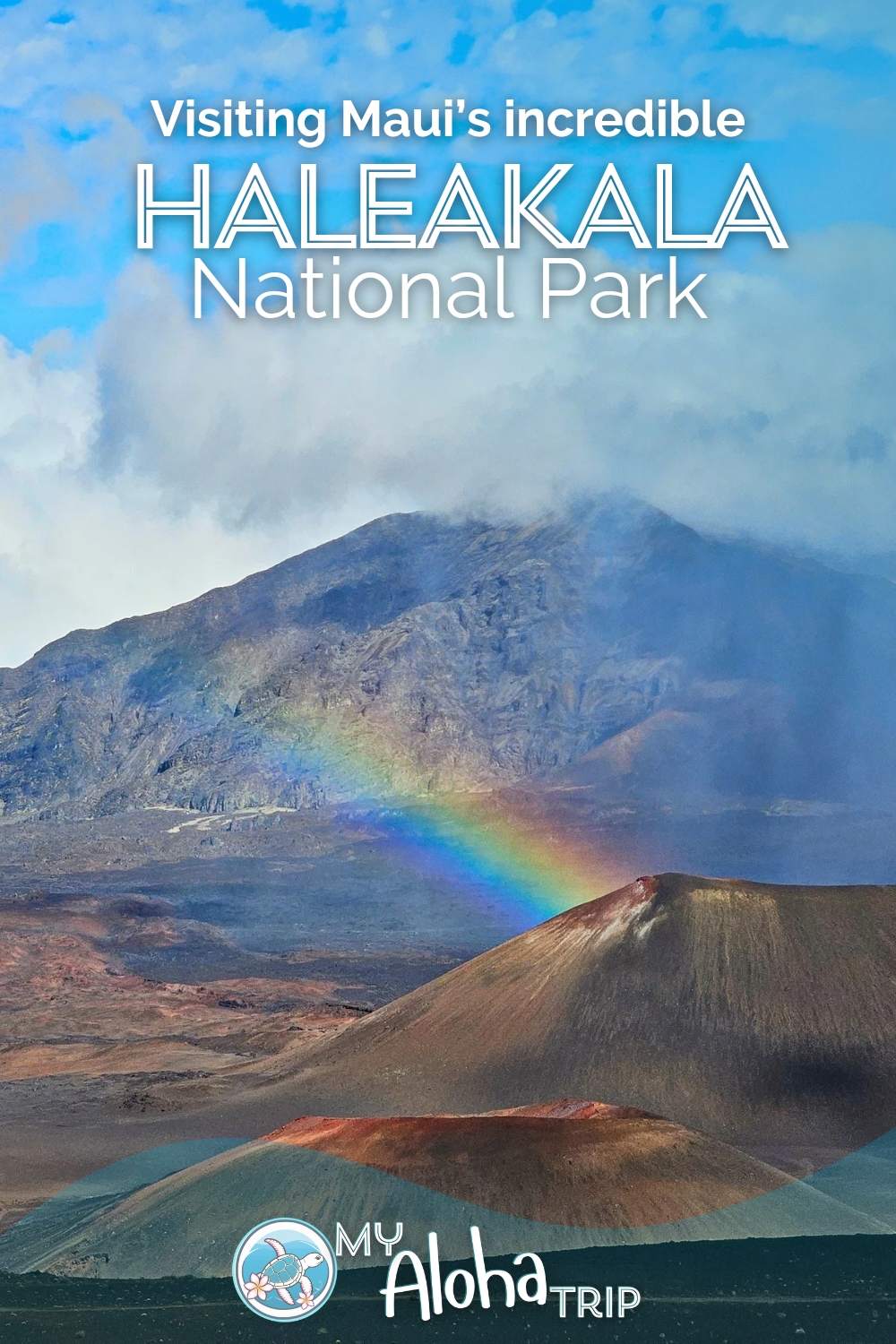


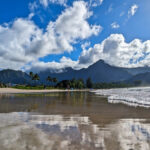

Pingback: Iao Valley State Park - a Beautiful Maui Icon to Visit
Pingback: Hiking the Big Island's Hualalai Volcano with Hawaii Forest & Trails
Pingback: Maui Pineapple Tour: Tasty Fun and History at the Maui Gold Farm
Pingback: Maui Chocolate Tour in Lahaina - Like Wine Tasting, but Chocolate
Pingback: Camping at Hosmer Grove in Beautiful Haleakala National Park
Pingback: Camp Olowalu on Maui: a Camping Resort and Beach Destination all in One - My Aloha Trip
Pingback: Experiencing the Haleakala Sunrise: Everything You Need to Know